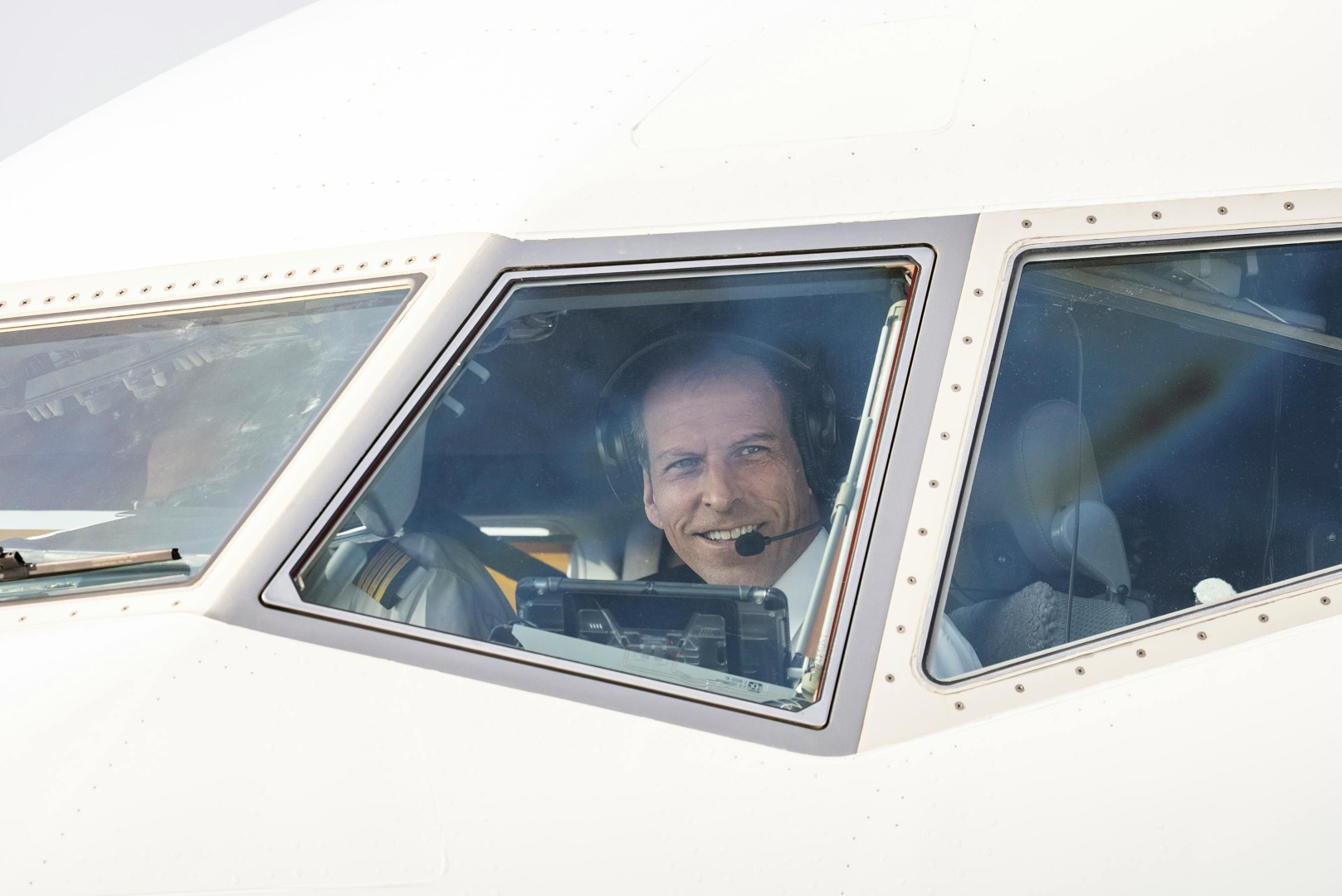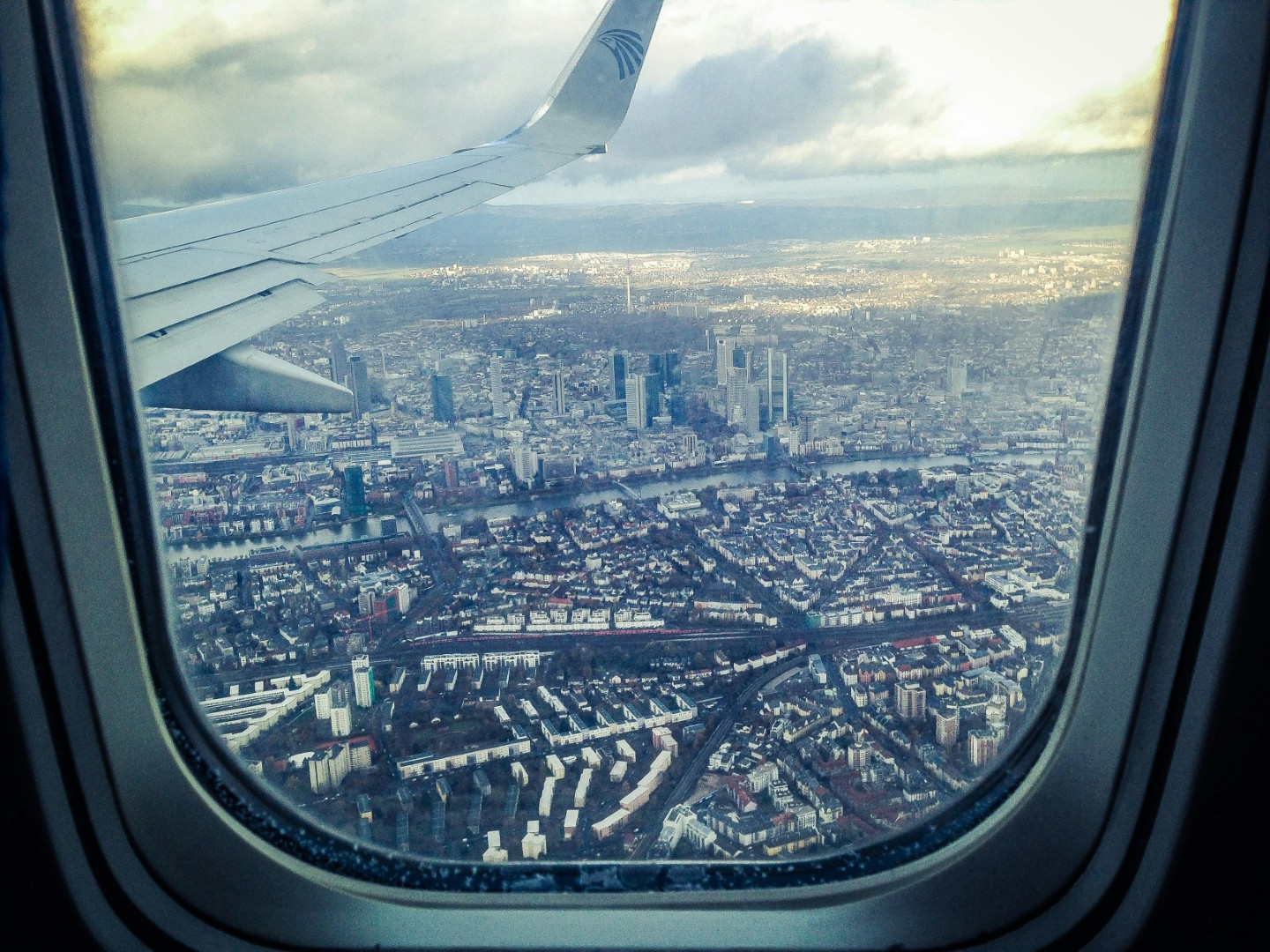Air travel is a smooth experience for passengers, but a complex and well-coordinated process takes place before a plane takes off. Every flight proceeds in a rigorous sequence involving several teams, each making sure the aircraft is ready for take-off. From maintenance teams getting the aircraft ready to pilots performing inspections, every element counts in ensuring a plane safely flies. Knowing the complex processes involved before take-off helps one to appreciate the accuracy and knowledge needed to provide flawless and dependable aviation travel.

(Photo by Tauseff Kazmi on Pexels.com)
Aircraft Preparation and Maintenance Checks
Maintenance staff conduct thorough inspections to ensure all systems are in operating condition before an aircraft may be cleared for departure. Reviewing the engines, hydraulics, electrical systems, and general aircraft structural integrity falls under these inspections. Every element has to satisfy high operational criteria to guarantee dependability and safety. In addition to checking that the emergency equipment on board is operational and stored correctly, technicians examine the landing gear, control surfaces, and fuel systems. Advanced diagnostic systems used by airlines help to identify any mechanical problems before they start to cause trouble. Flight hours determine the schedule for routine maintenance; any anomalies found during inspections call for immediate corrective action. Additionally, the flight crew visually verifies that the aircraft’s exterior, including its wings and engines, is undamaged by conducting a walk-around inspection.

Photo by Lennart Witstock on Pexels.com
Passenger Boarding and Cabin Preparation
The cabin crew concentrates on preparing the interior for passengers while the aircraft is being prepared. Pre-flight safety inspections by flight attendants guarantee that oxygen masks are in place, seatbelts operate as they should, and emergency exits are clear. They also verify that the cabin is organized, overhead bins are safe, and catering supplies are replenished. Usually split into priority groups, passengers start boarding in a structured manner. As passengers take their seats, attendants assist with baggage storage and ensure that safety protocols are followed. The boarding process is precisely timed to prevent delays; any last-minute changes—such as reseating passengers or attending to special accommodations—are handled quickly. The doors are locked, and the last cabin checks are conducted to guarantee everything is in order before the aircraft pushes back from the gate once all the passengers are tallied for.
Pre-Flight Communication and Pilot Briefing
Before taking over the aircraft, pilots have to finish an extended series of inspections and assessments. Examining the flight plan, meteorological conditions and any air traffic restrictions make up the pre-flight briefing. With backup preparations for unanticipated events, this briefing guarantees that the team is well-prepared for the trip ahead. An additional crucial component of the pre-flight preparation is the cockpit checklist. Pilots set avionics for departure, methodically check instrument readings and test control surfaces. Pilots get approval for the intended route, altitude, and departure time; hence, contact with air traffic control (ATC) is vital. By means of coordination between the flight crew and ATC, the aircraft guarantees seamless integration into the intricate network of air traffic, therefore preventing congestion and maximizing flight paths for efficiency.

(Photo by Austin Zhang on Pexels.com)
Ground Crew Operations and Aircraft Pushback
The ground staff handles luggage loading, cargo distribution, refueling, and aircraft preparation for take-off—all of which are absolutely crucial. To guarantee the best fuel economy, fueling is precisely determined depending on flight length, weight, and temperature. Using weight distribution rules, baggage handlers load bags into the cargo hold, therefore balancing the aircraft to preserve stability in flight. Pushback is a collaborative effort that includes the flight crew, ground personnel, and air traffic control. To position the aircraft for taxiing, a specialized vehicle, usually driven by a ground support team, moves it away from the gate. The airplane is gently moved using equipment such as Tronair tugs and tow bars, therefore avoiding depending on engine power. This mechanism guarantees regulated ground movement and guarantees that the airplane is aligned for take-offf, therefore reducing unnecessary fuel consumption.
Taxiing to the Runway and Final Take-off Clearance
Once the pushback is completed, the aircraft begins taxiing toward the runway. Pilots guarantee safe navigation within the congested airport environment by following assigned taxi routes directed by air traffic controllers. Final system checks covering engine power verification, flight control testing, and autopilot settings during taxiing. Pilots get final clearance for take-off as the jet gets closer to the runway. Assigning a departure sequence, air traffic management guarantees appropriate aircraft spacing. Pilots initiate the take-off roll, position the plane on the runway, and run full throttle. The maximum thrust produced by the engines moves the airplane ahead until it reaches the required speed for lift-off.

(Photo by Christine Rennart on Pexels.com)
Conclusion: What Happens Before Take-off
The times before take-off comprise a carefully planned series of actions, each crucial to guarantee a safe and effective departure. From technical checks and passenger boarding to pilot briefings and ground crew activities, every action is carried out precisely. The seamless collaboration of multiple teams enables aircraft to confidently transition from the runway to the skies, ensuring that each flight departs smoothly and safely.
For More:
- On our site: we have a lot of articles on getting to your destination!
-All photos as credited. Cover photo by Pixabay on Pexels.com.


